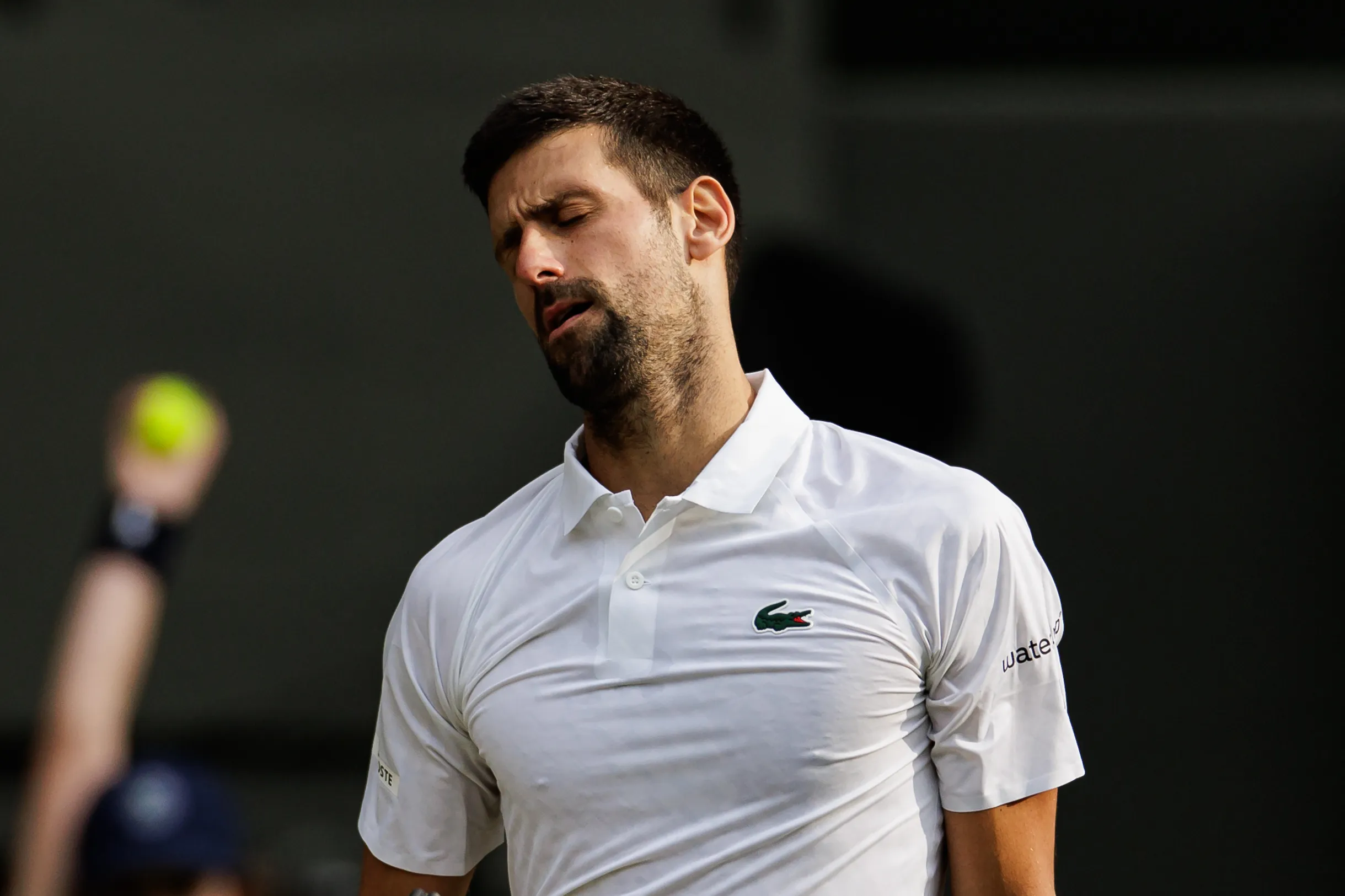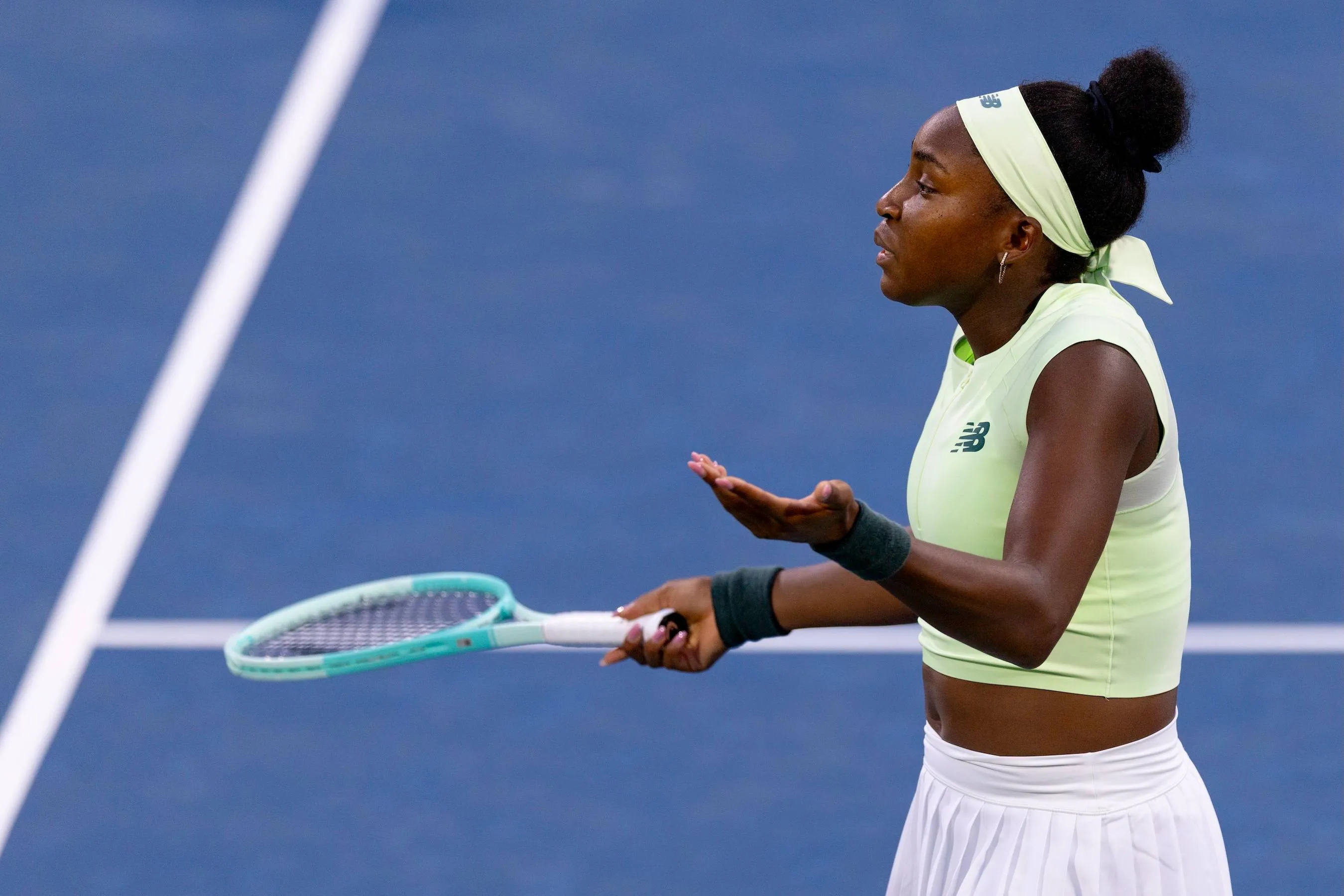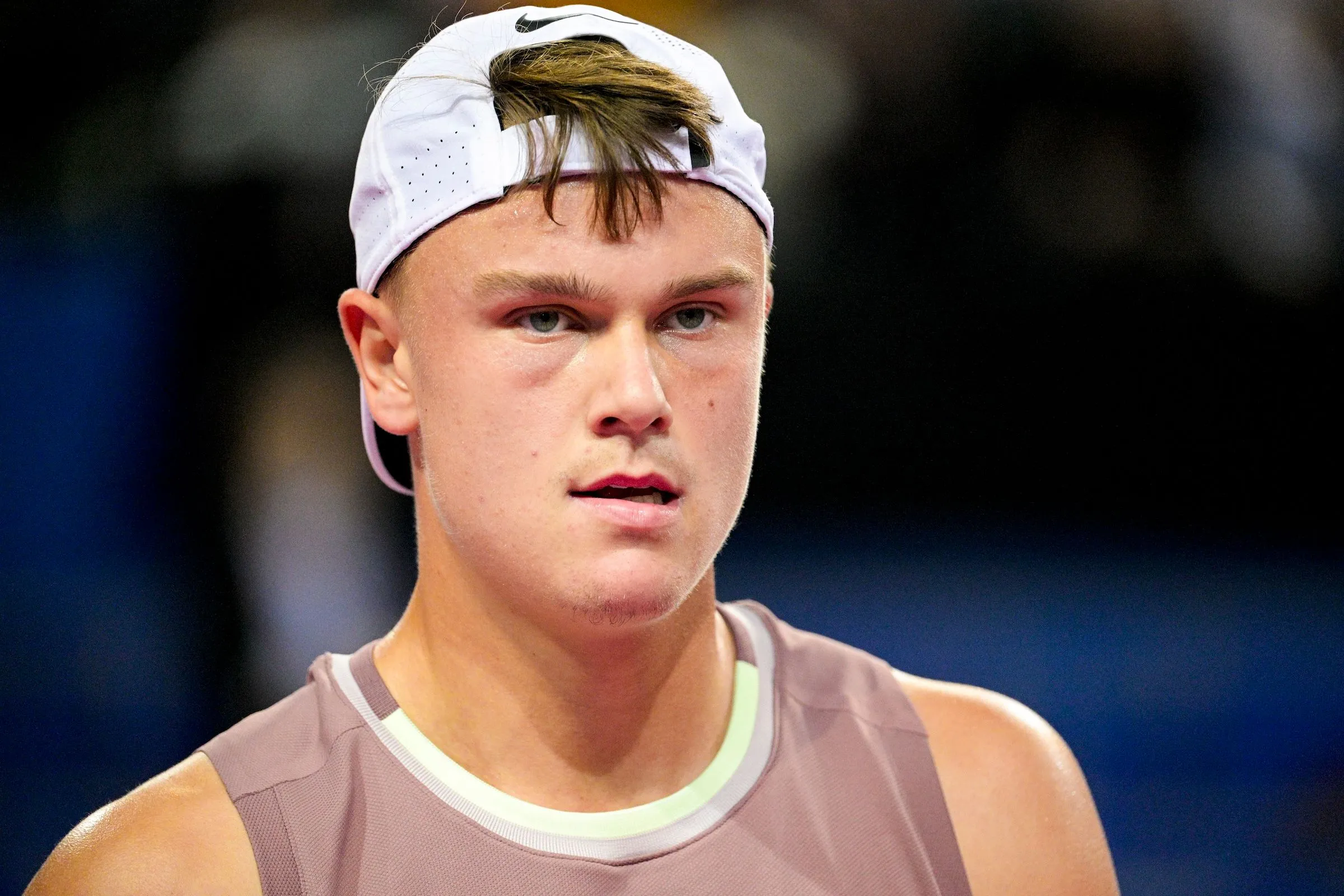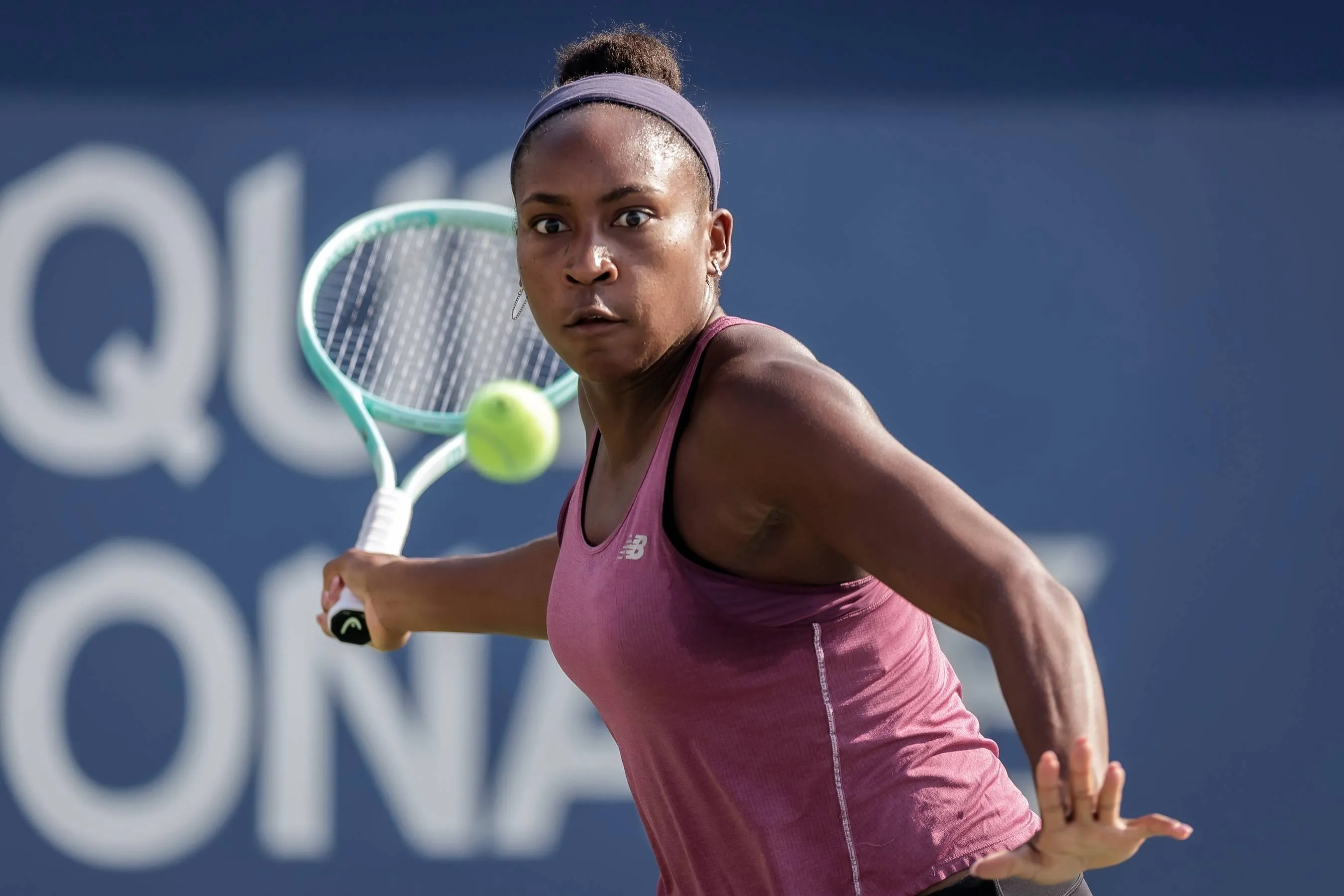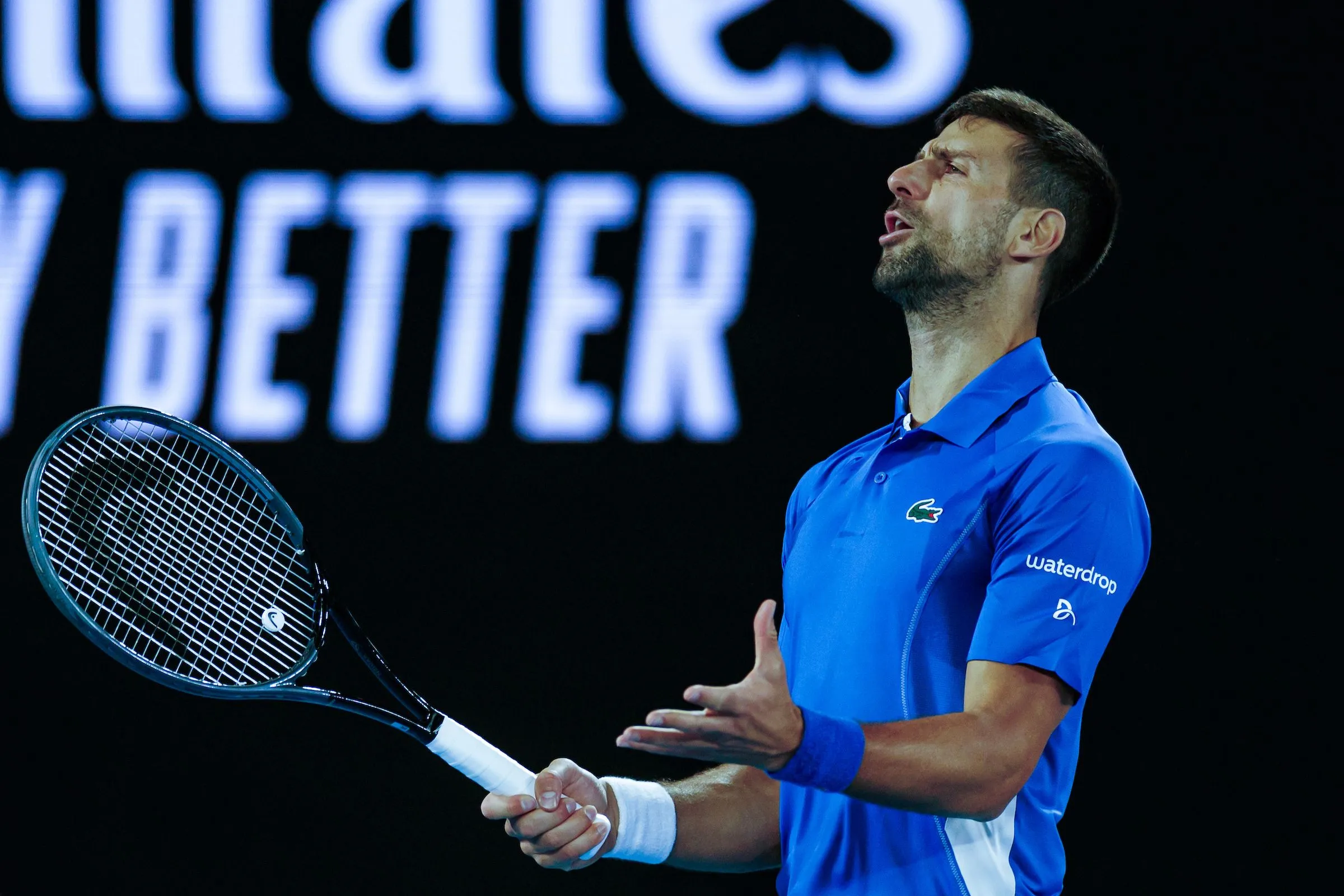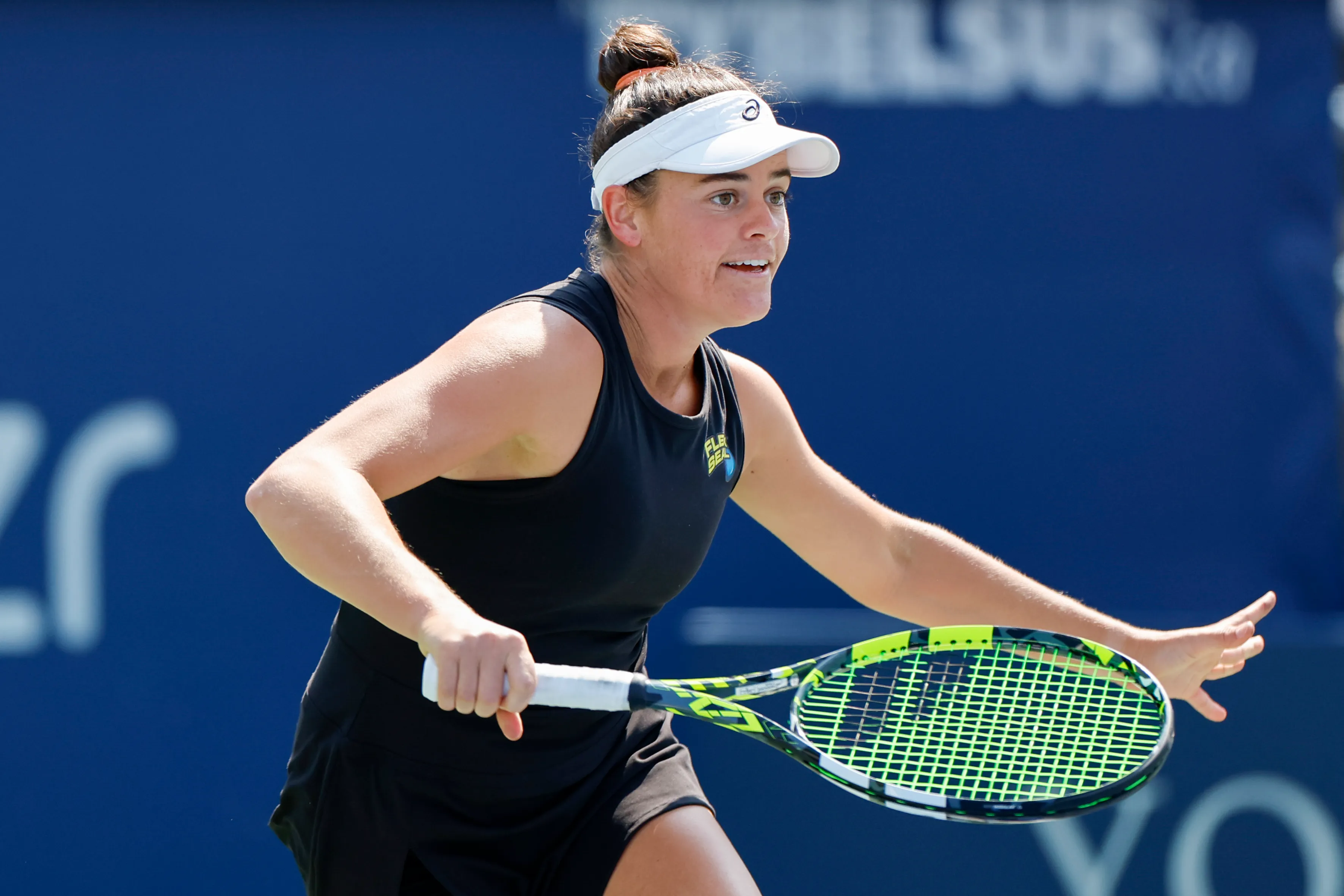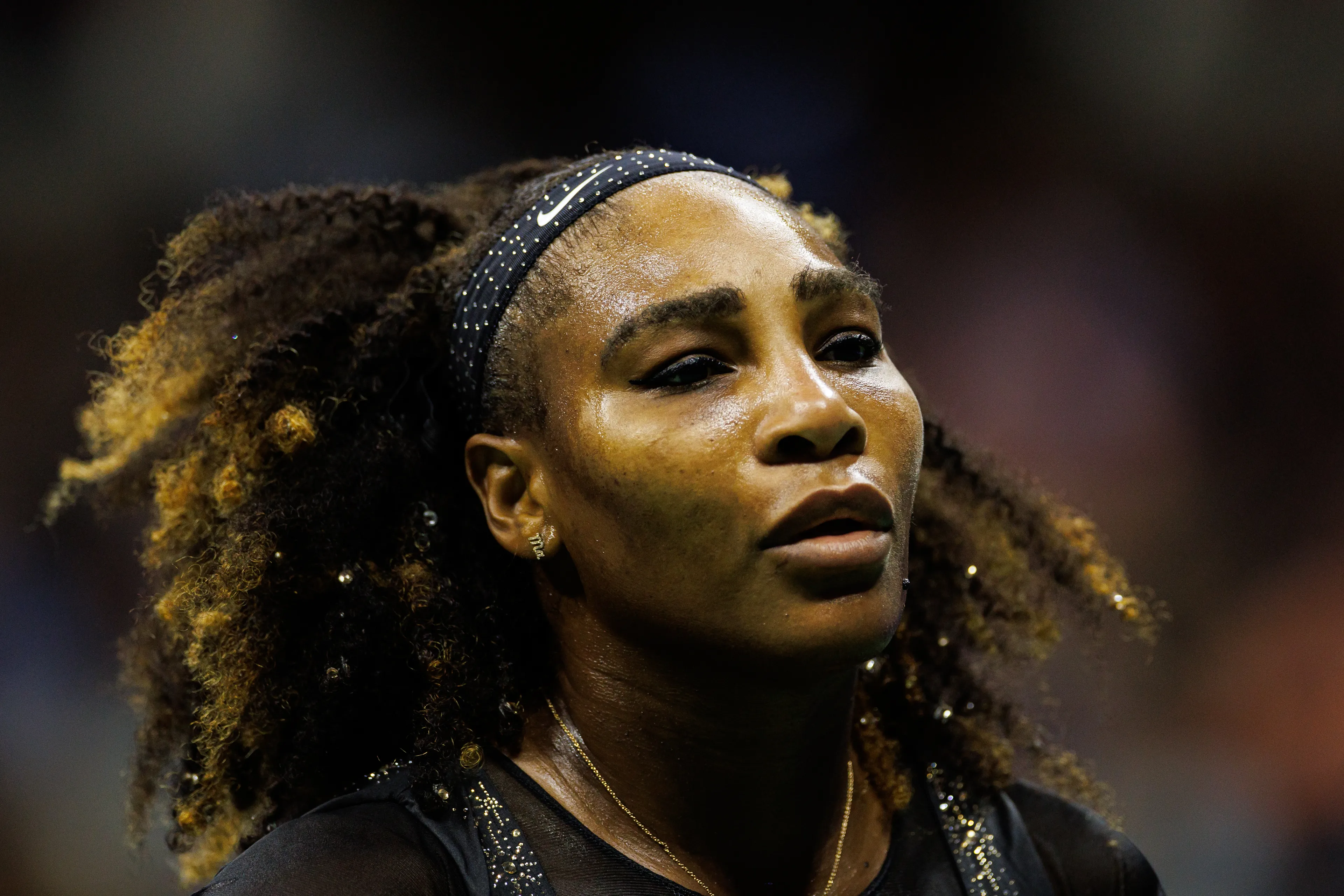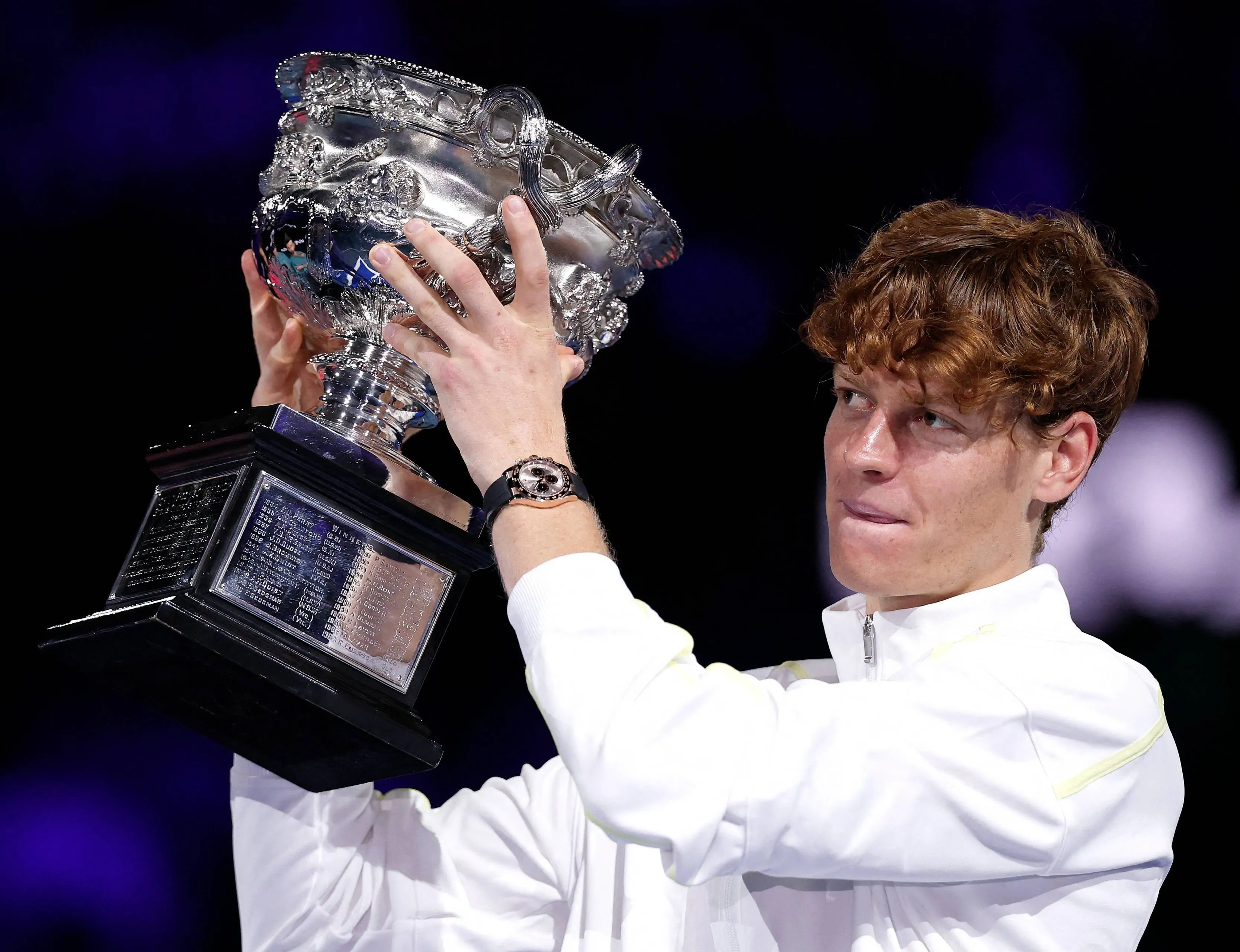Fine Margins: What is Hawk-Eye in Tennis?
ATP & WTAWednesday, 20 September 2023 at 07:00
Updated at Sunday, 10 August 2025 at 12:41

Hawk-eye in tennis is now a regular technological feature, and it has been used at the professional level for nearly two decades.
Ultimately, Hawk-Eye is a technology system that tracks ball flight and determines close-line calls in the game. The computerised system provides an animated image showing where a ball would have landed via an action replay to eliminate wrong decisions from line judges and umpires.
Despite its level of accuracy in the sport, Hawk-Eye has caused some controversy. Even though it has been in operation since 2006, the technology system produces some errors, which have led to player frustrations in recent years.
As a result, debates have arisen about the use of Hawk-Eye in tennis and whether it is still relevant in the game.
What is Hawk-Eye in Tennis? A History
The Hawk-Eye technology has been around since the early 2000s and it was first used at sports events in 2001. It was invented by two British scientists, Paul Hawkins and David Sherry and the set-up was first used in Test cricket in 2001.
Hawk-Eye was created to bridge on-field officiating and television viewership with innovative broadcasting. But it was also viewed as a tool to support decisions for sports professionals, like referees and umpires.
After two years of success in cricket, Hawk-Eye was utilised in tennis at the 2003 Australian Open. However, it wasn't officially rolled out widely in tennis until it passed International Tennis Federation (ITF) approval in 2005.
In the 2006 tennis season, the system was first used across ATP and WTA competitions, and players were also allowed to challenge umpire calls with the assistance of Hawk-Eye from this time. In addition, 2006 saw Hawk-Eye make its Grand Slam debut at the US Open.
Since its introduction, Hawk-Eye in tennis has become synonymous with the game. The clapping of the crowd, followed by the animated replay showing the ball pitch, has provided plenty of memorable moments and close calls in the Grand Slams.
How Does the Technology Work?
All of the flight paths, bounce areas and court lines you see on a Hawk-Eye television replay are the result of ten cameras and a team of up to 26 operators.
The system on triangulation, data and angles of the field of play is used to get an accurate reading of ball flight and projected bounce placement. This is then relayed into an animation replay and displayed on television screens to show umpires, players and spectators the estimate of where a ball will land.
Although spectators only see the Hawk-Eye path through the animation replay when a player challenges a call, the system is used for every shot played during a match. The system is also used to collect data on player performance and for media teams to provide analysis and commentary.
The Accuracy of Hawk-Eye in Tennis
Although the majority of professional tennis competitions now use Hawk-Eye to support player challenges and to help officials, it is not seen as a necessary feature by some event organisers.
Most notably, the clay court competitions, including the Grand Slam even of Roland Garros, do not use Hawk-Eye. Instead, the line judges and umpires rely on ball marking left on the surface rather than the animated tracking technology.
This has caused some division among players, with Novak Djokovic incensed at a supposedly wrong decision at the 2023 Monte Carlo Masters. In contrast, others like Ons Jabeur have found the humorous side and feel it brings out the competitive nature in some players on clay.
But with a margin of error of around 3.6 millimetres, Hawk-Eye is an incredibly accurate system. Also, its long-standing foundations in tennis means that the technology is now part of the game and it is relied upon so heavily that any change to the system seems unlikely in the near future.
Read also
Loading

